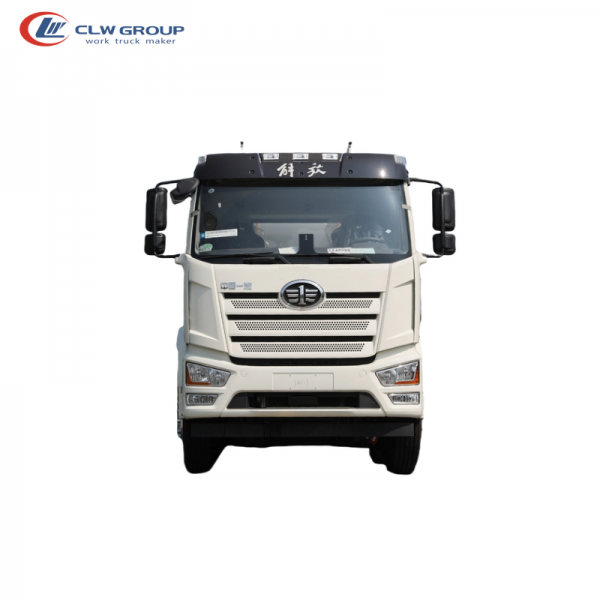Understanding Noise Levels of Truck Mounted Cranes

Introduction
Truck mounted cranes are versatile and powerful machines used in various industries, including construction, transportation, and logistics. These cranes provide the ability to lift and move heavy loads with ease and precision. However, one aspect of truck mounted cranes that is often overlooked is the noise they produce during operation. In this article, we will explore the noise levels of truck mounted cranes, the potential impacts of this noise on workers and the surrounding environment, and ways to mitigate noise exposure.
Understanding Noise Levels
Noise levels are typically measured in decibels (dB), with different sources of noise producing varying levels of sound. Truck mounted cranes can generate noise from multiple sources, including the engine, hydraulic system, and the lifting and lowering of loads. The overall noise level of a crane is influenced by factors such as the crane's size, model, age, and maintenance history.
Studies have shown that prolonged exposure to high noise levels can lead to hearing loss and other adverse health effects. The Occupational Safety and Health Administration (OSHA) sets limits on the permissible noise exposure levels in the workplace to protect workers from the harmful effects of noise. For example, the OSHA permissible exposure limit for an 8-hour workday is 90 dB, while the maximum allowable exposure to 115 dB is only 15 minutes per day.
Noise Levels of Truck Mounted Cranes

Truck mounted cranes can produce noise levels ranging from 80 dB to over 100 dB during operation, depending on the specific model and conditions of use. The noise from a crane is typically highest during lifting and lowering operations, as well as when the engine is running at high RPMs. Additionally, the hydraulic system of the crane can contribute to noise levels, especially when operating under heavy loads.
The noise produced by truck mounted cranes can have several impacts on workers and the surrounding environment. Workers who are exposed to high noise levels for extended periods may experience hearing loss, tinnitus, and other health issues. In addition, noise from cranes can disturb nearby residents, leading to complaints and potential legal issues for companies operating the cranes.
Mitigating Noise Exposure
There are several strategies that can be employed to mitigate noise exposure from truck mounted cranes. One approach is to use noise-reducing technologies, such as sound-absorbing materials and mufflers, to lower the overall noise levels of the crane. Regular maintenance of the crane's engine and hydraulic system can also help reduce noise emissions.
Boom truck resale value in reducing noise exposure is to implement engineering controls, such as enclosing the crane in a soundproof enclosure or using noise barriers to block the transmission of sound. In addition, administrative controls, such as limiting the duration of crane operation or rotating workers to minimize their exposure to noise, can also be effective in reducing noise-related risks.
Conclusion
In conclusion, the noise levels of truck mounted cranes can have significant impacts on workers and the surrounding environment. It is important for companies that operate these cranes to be aware of the potential noise hazards and take proactive measures to mitigate noise exposure. By employing a combination of noise-reducing technologies, engineering controls, and administrative controls, companies can create a safer and more comfortable work environment for their employees while minimizing the impact of crane noise on the community.
